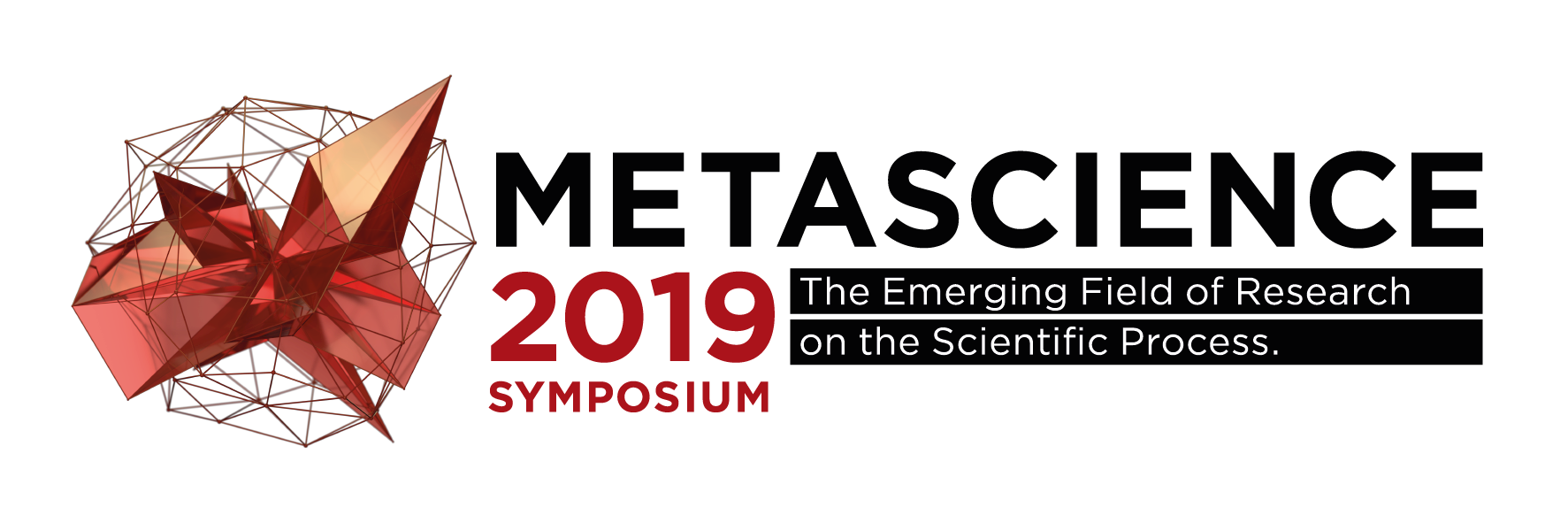Nikolaus von Stillfried
Phenoscience Laboratories, Berlin
Co-Authors: Jan Walleczek
Sham-experiments reveal a statistical error and the need for confirmatory research in the Radin double-slit experiment
In a series of publications Dean Radin together with collaborators has presented data which in his view amounts to a “growing body of supportive empirical evidence” for a direct effect of the conscious attention of human study participants on a photon interference pattern in a double-slit apparatus (Radin, 2008, Radin et al., 2012, Radin et al., 2013, Radin et al., 2015, Radin et al., 2016). Even though described as “replications” by Radin et al., 2015, these publications remain ambiguous, however, as to whether they report confirmatory or exploratory research. A commissioned confirmatory replication study conducted by Dean Radin for the Fetzer-Franklin-Fund found a significant effect only in a “sham-condition”, i.e. in the absence of any participants (Walleczek and von Stillfried, 2019). This led to the question if the effects reported in the above-mentioned publications by Radin et al. could be false-positives. In this poster we report on our effort to contribute to a clarification of the status of these studies by an empirical investigation of the employed data collection- and analysis-methods. Radin kindly provided us with a double-slit apparatus and a Matlab-script containing three methods of data analysis which closely resemble the apparatus and analyses used in Radin et al., 2012, 2013 and 2016. With this setup we conducted sham-experiments, i.e. mimicking the original experimental procedures with no participants present. The resulting data was analyzed using each of the three different outcome parameters provided by Radin. Our investigation shows that a data reduction method similar to the one employed by Radin et al., 2016 (“trimming”) artificially increases the occurrence of false positive results and thus constitutes a faulty statistical procedure. Further, our results demonstrate that the outcome parameters provided by Radin produce substantially different results when applied to one and the same dataset which indicates that they measure quite different properties of interference patterns. Assuming it is possible to extrapolate this finding to the respective studies by Radin et al., it is likely that there the analysis methods were at least to some extent developed post-hoc. Consequently, we recommend to view these studies as exploratory research only, still in need of confirmatory replication.
References:
Radin, D. (2008) Testing nonlocal observation as a source of intuitive knowledge. Explore: The Journal of Science and Healing 4(1): 25-35.
Radin, D., Michel, L., Galdamez, K., Wendland, P., Rickenbach, R. and Delorme, A. (2012) Consciousness and the double-slit interference pattern: Six experiments. Physics Essays 25(2): 157.
Radin, D., Michel, L., Johnston, J. and Delorme, A. (2013) Psychophysical interactions with a double-slit interference pattern. Physics Essays 26(4): 553-566.
Radin, D., Michel, L., Pierce, A. and Delorme, A. (2015) Psychophysical interactions with a single-photon double-slit optical system. Quantum Biosystems 6(1): 82-98.
Radin, D., Michel, L. and Delorme, A. (2016) Psychophysical modulation of fringe visibility in a distant doubleslit optical system. Physics Essays 29(1): 14-22.
Walleczek, J. and von Stillfried, N. (2019) False-positive Effect in the Radin Double-slit Experiment on Observer Consciousness as Determined with the Advanced Meta-experimental Protocol (AMP). Frontiers in Psychology: doi: 10.3389/fpsyg.2019.01891.




